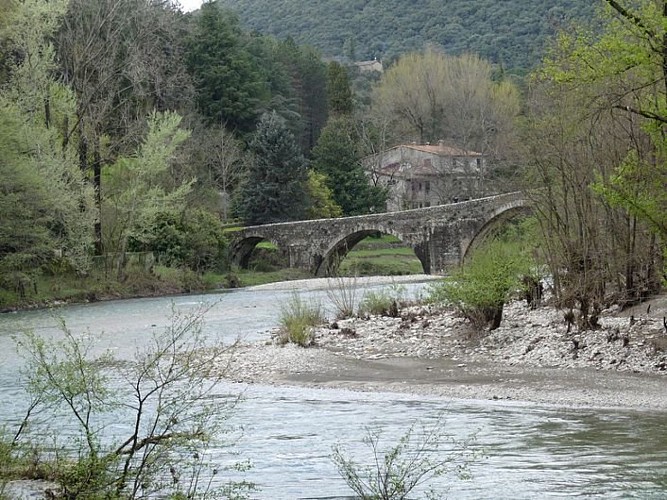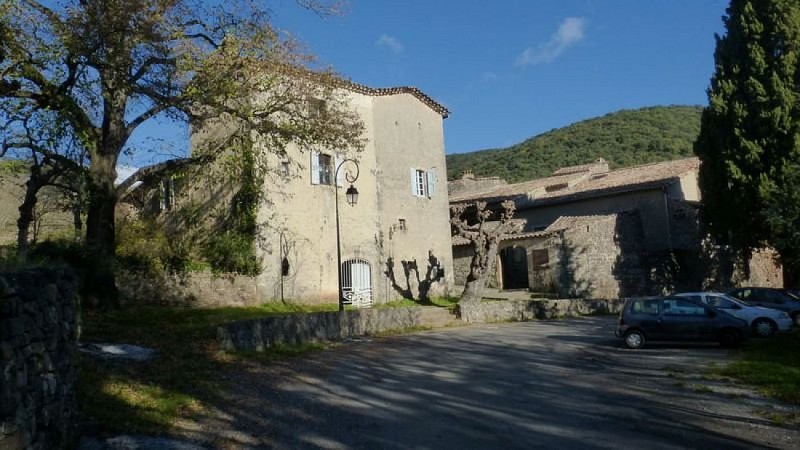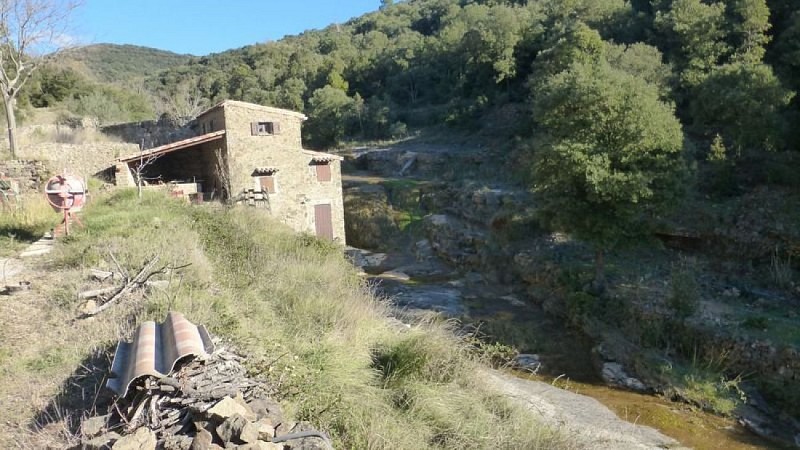Alert
Alerts
The Puechs




IGN cards











Description
Immerse yourself in a history as you walk from the banks of the river Gardon to Mas Soubeyran, a museum of French Protestantism. You will be able to enjoy far-reaching views onto the Puechs, Mont Aigoual, Mont Liron and, on clear days, even the Alps.
From the car park, turn right onto the D 50, cross the Pont des Camisards bridge and turn left towards Le Travès / Paussan. Then head for Mas Soubeyran via La Roquette. At Mas Soubeyran, take the path on the right to reach La Baumelle gully, which leads to the mas (farm) of the same name. Walk past the mas on its right and continue on the track to join up with the road. Turn right onto the road and after 250 m turn left on a path towards La Rouvière. At La Rouvière, turn left onto a fire road (DFCI) and take a path on the left that goes downhill into Roquefeuille gully. Cross the bridge, take the road on the left and then a small path on the right that will lead you back to Mialet.
Technical Information
Altimetric profile
Starting point
Points of interest
Additional information
Departure
Mialet
Arrival
Mialet
Access
From Anduze, take the D 129 towards Générargues, then the D 50 to Mialet
Advised parking
In front of the cemetery
Advice
Make sure your equipment is appropriate for the day's weather conditions. Remember that the weather changes quickly in the mountains. Take enough water, wear solid shoes and put on a hat. Please close all gates and barriers after yourself.
Data author




